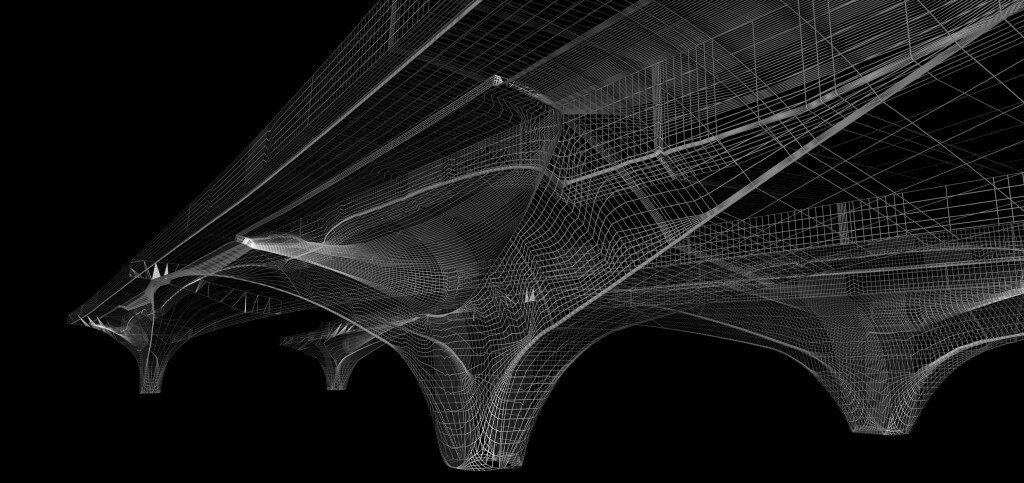The practice has a thoughtful approach to the design of architecture. Michael Stacey Architects’ aim is to contribute to people’s lives and the culture of contemporary society through the informed use of technology, knowledge of humanity, study of architectural precedents and a detailed understanding of fabrication processes. The benefits of using a component based architecture and offsite manufacturing is that it is possible to create high quality and cost effective architecture delivered with the shortest possible site time. This has been demonstrated on projects at a number of scales including the Regional Rail Stations, Cardiff Bridges and Ballingdon Bridge. The approach of Michael Stacey Architects is based on systems of components yet each architectural project is client and site specific.
Humankind can benefit from the millennia of constructional technology, all of the products of the industrial revolution and the sustained developments of the twentieth century. This technological development has generated a vast resource for the creation of architecture and an unrivalled delta of opportunity to progress from concepts into physical realities, to extend what is possible to achieve in the built environment. Michael Stacey Architects are as interested in the immutable qualities of architecture as the potential of new technologies. It is interesting to reflect on the technological age of a material; the clay fired brick is a 7000 year old technology, while in comparison float glass was invented just over 60 years ago. However, the key issue is the performative qualities of each material. The ethical and ecological responsibilities of architects are also of vital importance and inform the design process.
Our starting point for the design of a new project is to understand the clients’ needs and the opportunities latent within the project. Part of this process is the study of the context of this project. The practice has over 20 years experience of the design and delivery of design excellence. This has been recognised via national and international awards and publications.
Michael Stacey views design as a process of collaboration, based on the experience of the participants, which is fuelled by research. The construction and manufacturing industry is a creative resource to engage with. The practice has used three-dimensional digital models since 1989 to fully describe and understand the design intent. Our approach is to directly engage with the means and methods of construction, and control the process in detail. The practice works with the Making Architecture Research Studio [studioMARS] at the University of Nottingham, which is lead by Michael Stacey and thus has access to cutting edge research.
